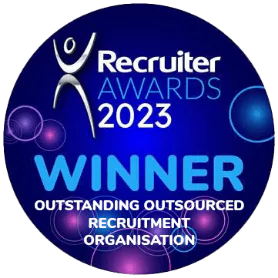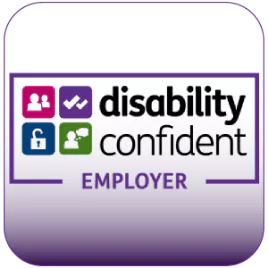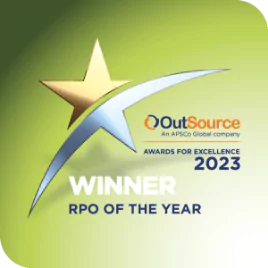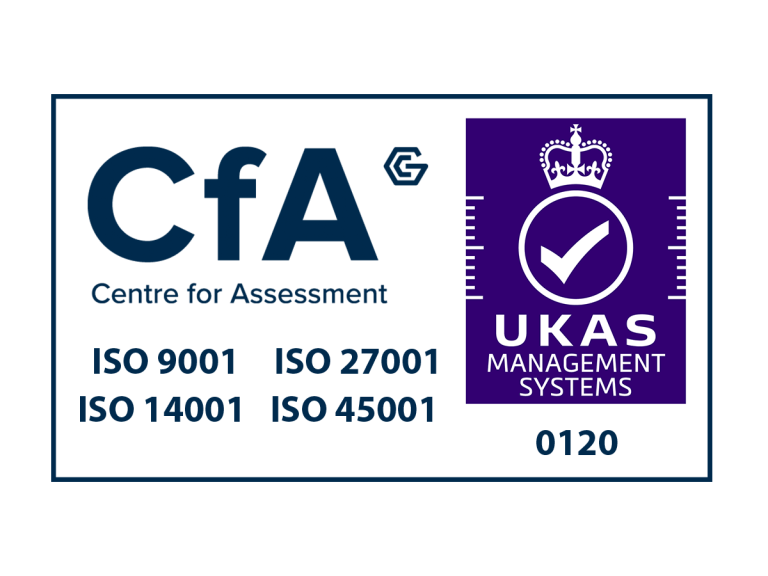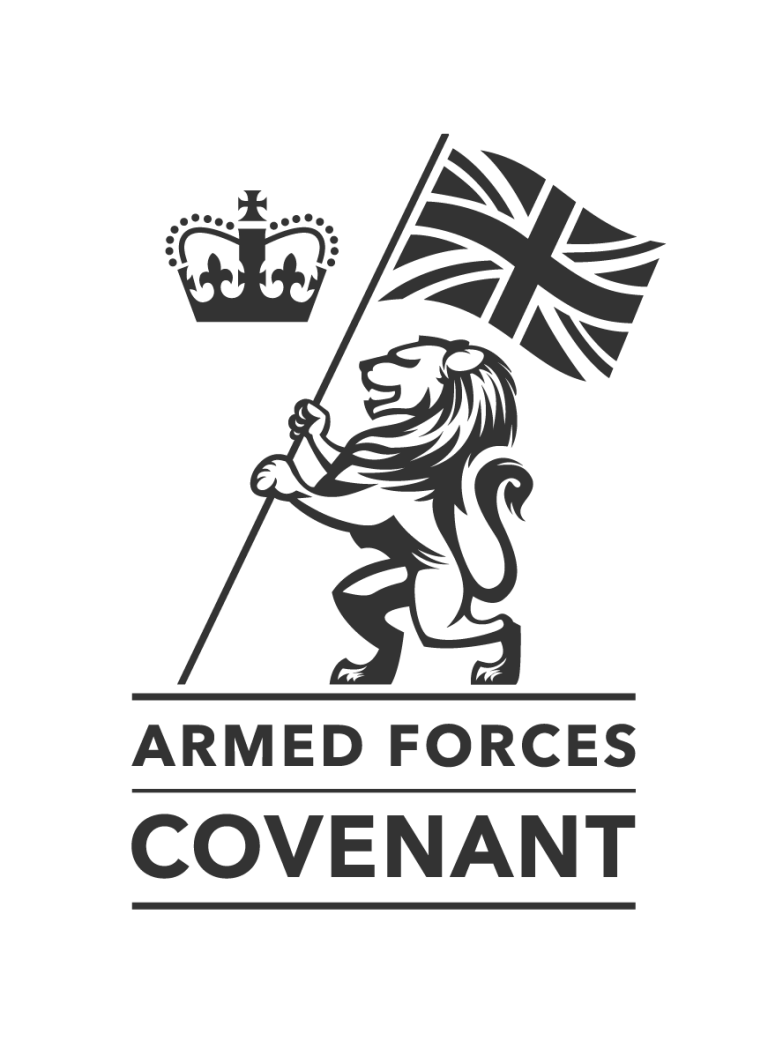As organisations face increasingly complex hiring landscapes – characterised by skills shortages, evolving candidate expectations, and fluctuating hiring demands – choosing the right recruitment model has never been more important. Among the most talked-about strategies today are Recruitment Process Outsourcing (RPO) and Embedded Talent. Both offer scalable hiring support beyond traditional in-house teams, but each takes a very different approach.
So how do you decide which is right for your organisation? We will unpack the following to:
- What is the difference between RPO and Embedded Talent?
- Who is each model best suited to?
- The biggest recruitment pain points – and how each model helps solve them
1. What’s the Difference Between RPO Recruitment and Embedded Recruitment?
At first glance, RPO and Embedded Talent models may seem similar. Both aim to optimise recruitment by providing external expertise and reducing strain on internal teams. But the way they operate – and the experience they deliver – is distinctly different.
Recruitment Process Outsourcing (RPO)
RPO is a strategic outsourcing model in which an organisation hands over all or part of its recruitment processes to a third-party provider. That provider, like Omni, takes end-to-end responsibility: from sourcing and screening candidates to onboarding, employer brand activation and amplification. On top of this, the organisation will benefit from cutting edge recruitment technology that is embedded in the RPO provider’s solutions.
Think of RPO as a fully managed service, designed for organisations looking to streamline and professionalise hiring at scale. It often involves standardised processes, service level agreements (SLAs), and longer-term contracts.
Embedded Talent Solutions
In contrast, the Embedded Talent model places Recruitment Business Partners directly into your organisation – culturally, operationally, and often physically. Embedded recruiters act as an extension of your internal team, collaborating closely with hiring managers, aligning with company values, and responding in real time to changing needs.
Embedded Talent is flexible and immersive. While it may use some of the same tools and expertise as RPO, its strength lies in its integration and agility, making it feel like your recruitment team – just supercharged because it’s not in house, it’s not outsourced, it’s just right.
2. Who is Each Model Best Suited To?
The right model depends on your hiring maturity, business goals, and internal capability.
RPO is ideal for…
- Enterprise-level organisations with high-volume hiring needs
- Companies needing to transform recruitment processes and reduce costs
- Businesses expanding into new geographies or sectors
- Those seeking a long-term strategic partner to manage recruitment holistically and elevate their talent strategy
RPO works best when recruitment needs are predictable, scalable, and part of a broader transformation agenda. It’s especially effective for businesses wanting to centralise recruitment under a single provider with clear accountability.
Embedded Talent is ideal for…
- High-growth scale-ups or mid-sized businesses
- Organisations with spikes in hiring demand (e.g., new product launch, investment rounds)
- Companies needing on-the-ground expertise in hard-to-fill markets
- Teams wanting to build internal hiring capability with external support
Embedded Talent thrives in environments where speed, culture fit, and collaboration are essential. It provides all the benefits of an in-house recruiter—but with the added experience, tools, and networks of a specialist partner.
3. Pain Points of Recruitment – and How RPO and Embedded Talent Recruitment Solve Them
Let’s break down the most common hiring challenges – and how each model addresses them:
Pain Point 1: Inconsistent Candidate Quality
- RPO provides consistency through standardised processes, advanced sourcing tech, and deep market intelligence.
- Embedded Talent improves candidate quality through closer alignment with hiring managers, enabling a better understanding of culture and role fit.
Pain Point 2: Scaling Recruitment Fast
- RPO is ideal for building high-volume pipelines and can quickly scale resources up or down through a centralised infrastructure.
- Embedded Talent adds immediate, hands-on capacity to your team – ideal for hyper-growth periods or sudden project needs.
Pain Point 3: Limited Internal Expertise
- RPO brings a full suite of recruitment expertise, from employer branding to data analytics.
- Embedded Talent shares skills and tools directly with your team, helping upskill internal staff while filling current gaps.
Pain Point 4: Hiring Manager Frustration
- RPO supports hiring managers with SLAs and reporting, but can feel removed.
- Embedded Talent sits alongside hiring managers, building relationships and trust, and often delivering faster time-to-hire.
Pain Point 5: Talent Acquisition Costs
- RPO reduces long-term costs through economies of scale, but requires upfront investment and longer contracts.
- Embedded Talent offers transparent, fixed-cost models, avoiding agency fees and enabling better forecasting.
A Shift from “Either/Or” to “Best Fit”
At Omni, we know there’s no one-size-fits-all solution to recruitment. The real power lies in understanding your organisation’s specific needs and choosing the model – or combination of models – that aligns best with your goals.
Whether you’re scaling rapidly and need talent partners embedded in your teams, or you’re looking to transform recruitment across business units, we can help you find the right fit.
RPO and Embedded Talent aren’t competing solutions – they’re strategic tools. The key is knowing when, and how, to use them.




